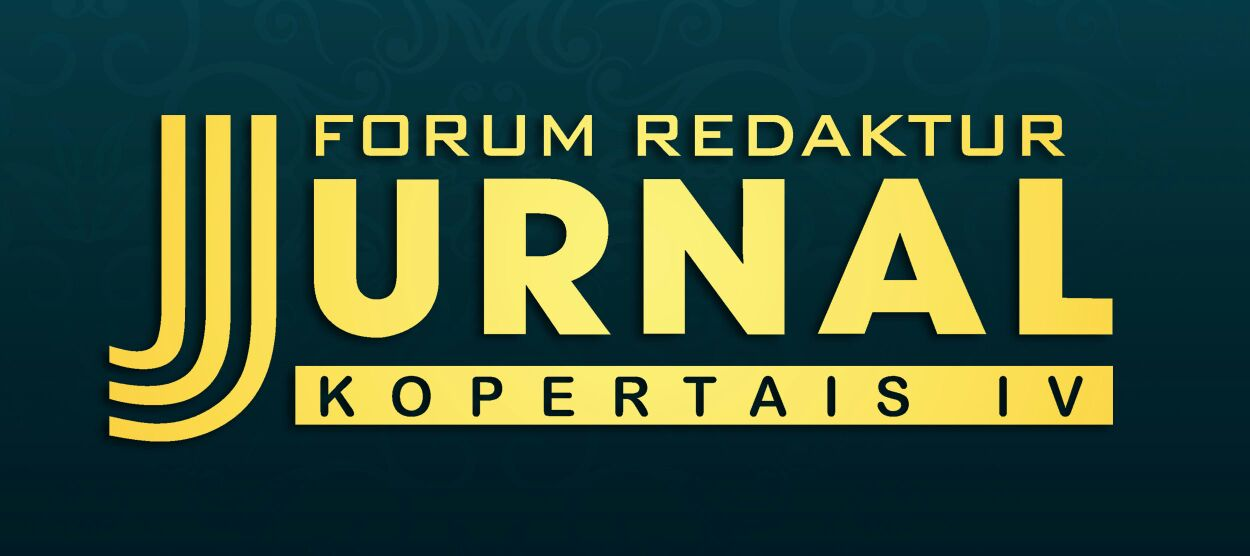Menciptakan Lingkungan Pembelajaran Kreatif
Tinjauan Sistematis dalam Pendidikan
DOI:
https://doi.org/10.54437/alidaroh.v8i2.1792Keywords:
Learning Innovation, Responsive Learning, Curriculum DesignAbstract
This research is driven by the urgent need to create a learning environment that not only serves as a place for study but also acts as a space that motivates students, encourages creativity, and enhances their active engagement in the learning process. A creative learning environment has been proven to help students develop critical thinking skills, collaborative abilities, and proficiency in solving complex problems. The purpose of this study is to systematically review the literature to understand the positive impact of a creative learning environment on the field of education. The method used is literature analysis, which includes relevant studies from various trusted sources. The research results show that an innovative and student-responsive learning environment can increase learning motivation while promoting optimal learning outcomes. This study provides valuable guidance for educators and policymakers in designing curricula and teaching methods that support active and participatory learning.
Downloads
References
Beghetto, R. A. “The Palgrave Handbook of Positive Education.” The Palgrave Handbook of Positive Education, 2021, 1–777. https://doi.org/10.1007/978-3-030-64537-3.
Chaiyarat, Kampanart. “Enhancing Creative Problem Solving and Learning Motivation in Social Studies Classrooms with Gamified Cooperative Learning.” Thinking Skills and Creativity 54 (December 2024): 101616. https://doi.org/10.1016/j.tsc.2024.101616.
Davies, Dan, Divya Jindal-Snape, Chris Collier, Rebecca Digby, Penny Hay, and Alan Howe. “Creative Learning Environments in Education-A Systematic Literature Review.” Thinking Skills and Creativity 8, no. 1 (2013): 80–91. https://doi.org/10.1016/j.tsc.2012.07.004.
Ferdiani, Rosita Dwi, and Wahyudi Harianto. “Honey and Mumford Learning Style?: Creative Thinking Process in Solving Statistical Problems” 13, no. 1 (2024): 496–502. https://doi.org/10.11591/ijere.v13i1.25347.
Ferrari, Anusca, Kirsti Ala-mutka, and Yves Punie. Creative Learning and Innovative Teaching: Final Report on the Study on Creativity and Innovation in Educationin the EU Member States | EU Science Hub, 2010.
Feser, Markus Sebastian, Inka Haak, and Thorid Rabe. “VeSP-Be – Vergleich von Studieneingangsphasen in Physik Hinsichtlich Des Sense of Belonging von Studierenden. Dokumentation Der Erhebungsinstrumente Und Deren Deskriptive, Quantitative Ergebnisse” 1 (2023). https://doi.org/10.25656/01.
Jeffrey, B., & Craft, A. “Creative Learning and Possibility Thinking. Creative Learning Practices.” European Experiences 2, no. 3 (2018): 73–91.
———. “Open Research Online.” PhD Thesis, The Open University, 2018, 1-266.
Jeffrey, Bob, and Peter Woods. Creative Learning in the Primary School. Routledge, 2009. https://doi.org/10.4324/9780203884737.
Mayer, Richard E. “Cognitive Views of Creativity: Creative Teaching for Creative Learning.” Contemporary Educational Psychology 14, no. 3 (July 1989): 203–11. https://doi.org/10.1016/0361-476X(89)90010-6.
Resnick, Mitchel. “Generative AI and Creative Learning: Concerns, Opportunities, and Choices.” An MIT Exploration of Generative AI, 2024, 1–12. https://doi.org/10.21428/e4baedd9.cf3e35e5.
Russell, Frances M., Audrey Herbert, Robinson M. Ferre, Bita Zakeri, Valerie Echeverria, Dina Peterson, and Paul Wallach. “Development and Implementation of a Point of Care Ultrasound Curriculum at a Multi-Site Institution.” Ultrasound Journal 13, no. 1 (2021). https://doi.org/10.1186/s13089-021-00214-w.
Suharti, Dyah Istami, Tukiran, and Raharjo. “Validity of Creative Interactive-Web and Seamless Learning Media and Learning Models to Improve Students’ Creative Thinking Skills and Cognitive Learning Outcomes in High School Biology Subjects.” Jurnal Penelitian Pendidikan IPA 10, no. 7 (2024): 3770–79. https://doi.org/10.29303/jppipa.v10i7.8279.
Tahir, Asman Bin Mohd. “Creative Provocations: Speculations on the Future of Creativity, Technology & Learning.” International Journal of Performance Arts and Digital Media 20, no. 2 (May 2024): 323–25. https://doi.org/10.1080/14794713.2024.2391201.
Thornton, Jeffrey A., William R. Harding, Thomas M. Slawski, and Hebin Lin. “Monitoring and Evaluation: The Foundation for Lake and Reservoir Management.” Earth 3, no. 1 (January 2022): 115–24. https://doi.org/10.3390/earth301000

Downloads
Published
How to Cite
Issue
Section
License
Copyright (c) 2024 Badri Badri, Azisi Azisi

This work is licensed under a Creative Commons Attribution-ShareAlike 4.0 International License.









